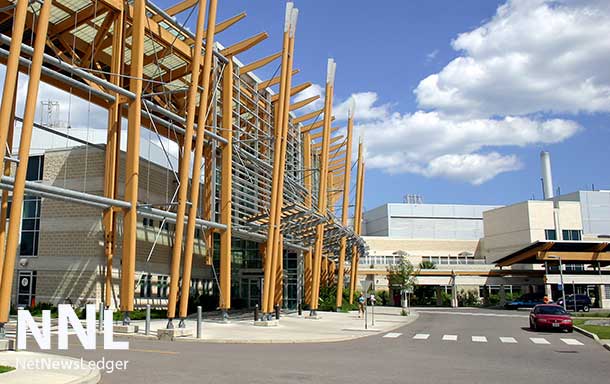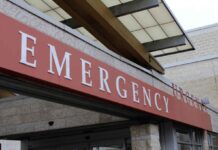THUNDER BAY – The Thunder Bay Regional Health Sciences Centre Emergency Department is currently experiencing higher than normal visits and admissions. As a result, wait times may be longer than anticipated.
Patients who require emergency care will always be able to access it at Thunder Bay Regional Health Sciences Centre (the Hospital). In case of emergency, always contact 911.
“All patients in the Emergency Department are triaged and treated according to the urgency of their needs,” explained Dr. Peter Voros, Executive Vice President of In-Patient Care Programs at the Hospital. “This means that those who need care the most receive it sooner, while those with less-urgent needs may wait longer. We request the patience and understanding of those who visit the Emergency Department during this time.”
One Care Partner is always welcome to accompany patients into the Emergency Department. Visitor restrictions are in place to support patient safety, particularly during periods of high activity.
To learn about health care options, people with less-urgent health needs are encouraged to:
- Call 211
- Visit www.211north.ca
- Visit www.northwesthealthline.ca
This is traditionally one of the busiest times of the year in the Emergency Department. The higher than normal volumes are not due to any one particular cause but a variety of factors and illnesses.
The Hospital is currently in Surge Capacity, with a 99% occupancy rate. In addition, 64 patients are admitted to the Hospital’s Transitional Care Unit at Hogarth Riverview Manor.
A large contributing factor in Surge Capacity is the number of Alternate Level of Care, or ALC, patients who are waiting to be discharged to more appropriate care settings, such as long-term care, or home care. There are currently a total of 105 ALC patients admitted to both locations.
“We are committed to providing quality, safe care, and the staff and physicians in the Emergency Department are working diligently and with the utmost dedication. We are grateful to them, and to our local and regional health system partners for their support and ongoing collaboration,” said Voros.







